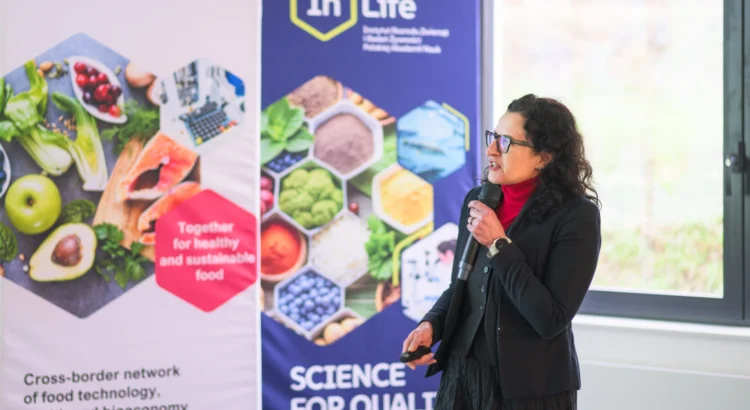Gluten-free, vegan, protein-free, no-fat fried doughnuts (pl pączki) – increasingly, some traditionally used ingredients are being swapped for ones with pro-health properties. Technologically, such variants are not a challenge. However, these additives affect the texture of the dough and, therefore, the texture, taste and flavour of the final product. On Fat Thursday (pl Tłusty Czwartek), Dr Marianna Raczyk talks about the latest baking trends.
– Although the yeast dough recipe itself has not changed for years, it is now increasingly common to find modifications, depending on consumer preferences, the food technology and human nutrition expert points out.
Bakery trends
Nowadays, you can easily find vegetarian doughnuts (without frying in lard), vegan doughnuts (with a substitute for eggs and milk in the dough) or gluten-free doughnuts (with a substitute for gluten, present in wheat flour, which is responsible for the elasticity of the dough) in patisseries.
– One of the latest trends is to bake doughnuts, instead of frying them in fat. Such a doughnut will have fewer calories and less fat, including less unfavourable saturated acids for health. However, it will also have a strongly altered taste – points out Dr Marianna Raczyk.
Another idea is to replace certain ingredients traditionally used with those with more health-promoting properties. This involves, for example, replacing ‘white’ flour with whole-grain flour to increase the proportion of dietary fibre and micronutrients; or replacing sugar with xylitol, stevia or another sweetener.
– When it comes to the traditional doughnut vs healthy food, one excludes the other. The doughnut consists mainly of simple sugars and saturated fats, so it is a product that is simply meant to give us pleasure. But manufacturers make various attempts to make it contain a bit more nutrients, e.g. by increasing the proportion of protein (cottage cheese-based or whey-based dough), by increasing the proportion of fibre (addition of bran, flaxseed or chia seeds) or by using low-sugar marmalades as a filling – says the scientist.
– All these modifications do not cause major technological problems, but they always affect the dough consistency, texture, taste or even smell of the final product. This is why, on Fat Thursday, many consumers are still looking for the most traditional doughnuts – after all, it is to these traditional doughnut shops that the longest queues form – emphasises Dr Marianna Raczyk.
A closer look at the traditional doughnut
As Dr Marianna Raczyk reminds us, a traditional doughnut consists of a yeast dough which, in addition to wheat flour, water and yeast, usually also contains eggs, milk, butter and sugar. – After the dough has fermented, the dough ball is placed in deep fat heated to 180℃ and fried from one side to another – because, by definition, a doughnut is a deep-fried product. The dough is so light that the doughnut does not submerge, but floats on the fat. Hence the characteristic light ring around the doughnut – it marks the place where the doughnut has no longer had direct contact with the heated fat. If there is no such border, the doughnut was produced using a different technology – she points out.
– The doughnut is traditionally fried in lard, something that is unlikely to be encountered nowadays, except perhaps at home. In the food industry, doughnuts are fried in a special fritter, a mixture of vegetable oils that can withstand prolonged heat. However, the mixtures are often controversial because they consist mainly of saturated acids, which are unfavourable for our health, and it is worth remembering that up to around 20 per cent of this fat can be absorbed by the dough during frying. Interestingly, studies show that lard is not so bad for frying, as it has few trans fatty acids and more monounsaturated acids, compared, for example, to butter or hydrogenated vegetable oils – reports the scientists.
On average, one traditional doughnut contains 250-350 kilocalories. – In terms of calories, it is better to choose doughnuts with a fruit filling rather than a cream filling. Creams are made on the basis of saturated fats, so the calorie content of a doughnut can increase by up to 100 kcal – according to Dr Marianna Raczyk.
Finally, the scientist, who is currently researching the links between diet and gene expression and their impact on health, reminds us that every doughnut eaten is an extra shot of calories, which must then be burned off somehow, e.g. through extra physical activity.


